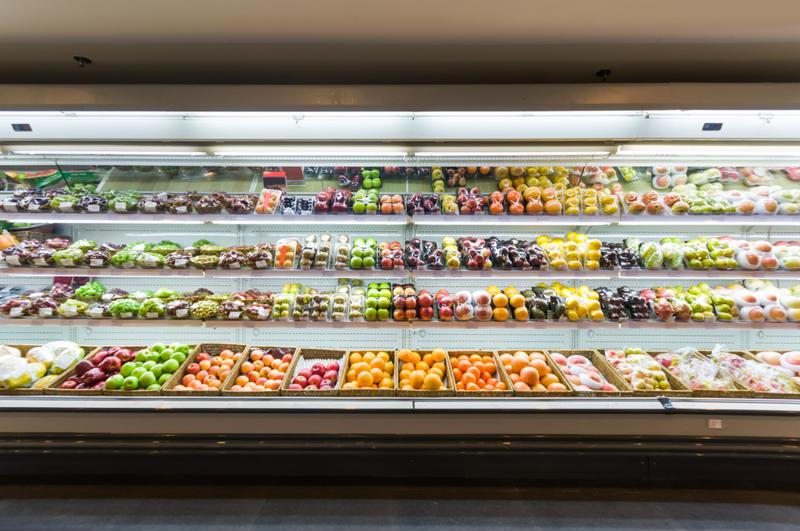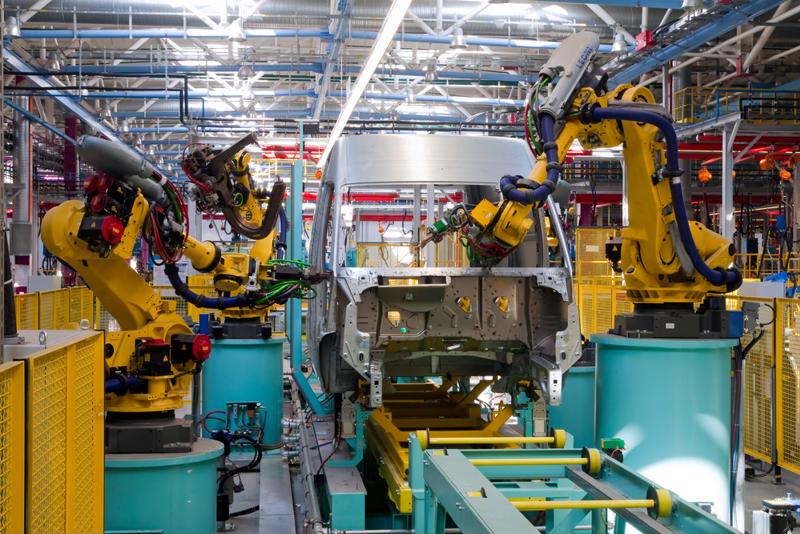In May, the prices of
lumber reached historic highs. Now, they are dropping quickly, although there
is still much further to go to return to pre-pandemic pricing.
On Friday, futures fell
all the way to $774.00 – a sharp 53.7% decrease from the early May high of
$1,670.50.
Suddenly, the bubble is
bursting.
How did this bubble form?
Across several
industries, shortages that happened as a result of the COVID-19 pandemic
impacted development, supply, and price. This was felt in the construction
industry, as prices for supply has risen along with a shortage of labor and
increase in demand.
When the COVID-19
pandemic began, many lumber mills across the country shut down production in
anticipation that there would be low demand for houses during the low point of
the pandemic. Other factors, such as mills having to close out of precaution
directly related to the pandemic, played a role as well.
This assumption that the
housing market would suffer, however, was incorrect. During the pandemic,
homeowners looked to do DIY projects around their home that involved lumber.
And, as interest rates remained low, demand in the housing market boomed,
causing a spike in demand for lumber.
Softwood lumber prices
increased by 154.3% from May 2020 until May 2021, per May’s PPI report. In this same time, hardwood lumber prices
increased by 36.4% and plywood increased by 70.4%. Other construction materials
were impacted too – iron and steel scrap, for example, increased by 76.6%.
This increase in price
coupled with a labor shortage that is impacting industries across the board
caused a construction backlog that could not keep up with the demand for
projects, specifically housing.
What caused the bubble to burst?
As the pandemic wore on and lumber mills
remained closed or unproductive, some builders began to stockpile lumber.
At its May peak, the
lumber reached a price point that was too high for most consumers. So, at its
highest price, wood wasn't selling -- and the price turned.
This decrease in demand
caused whose who stockpiled lumber to begin to sell off. So, the change in
price of lumber the last few weeks have been a classic economics lesson. Demand
decreased, supply increased and prices plummeted.
What next?
While lumber prices are
in a free fall, it does not appear that they are even close to returning to the
pre-pandemic prices, according to Devin Stockfish, chief executive of lumber
producer Weyerhaeuser Co who spoke at a conference last week per Ryan Dezember of the Wall Street Journal.
“I don’t think $1,000
lumber prices are the new normal. But that being said, when you think about the
amount of housing that we’re going to have to build in the U.S. over the next
three, five, 10 years, that’s just a significant amount of demand for wood
products.”
Interest rates remain
low, so demand in the housing market is not going anywhere. Per Dezember,
others at the conference thought that the price of lumber would hover between
$700 and $800 – clearly well below where it was this May, but still above the
pre-pandemic pricing.
The ever-changing lumber
market over the last 16 months is just one example of how COVID-19 has changed
the market in a significant way. It’s
And while prices are
returning closer to normal, it is clear that the construction industry will
continue to feel the effects left by the pandemic's original impact.
How does this impact
sourcing?
The current freefall in
prices changes the procurement strategy from even a month ago and serves as a
reminder of the importance of evaluating your sourcing strategy as situations
change.
Sourcing for lumber in
this tumultuous scenario may be complicated in an RFP process. Lumber mills may
now be inclined to just sell to the highest bidder, especially as prices
quickly plummet. On the demand side, it may serve best to find the lowest price
as mills try to unload as quickly as possible rather than settle on a long-term
agreement before prices return to a steady price.
Turning to Corcentric to
help source through the after-effects of the pandemic can pay dividends, with
service offerings that can help to navigate these fluctuating prices and find
the best value for your company.




























